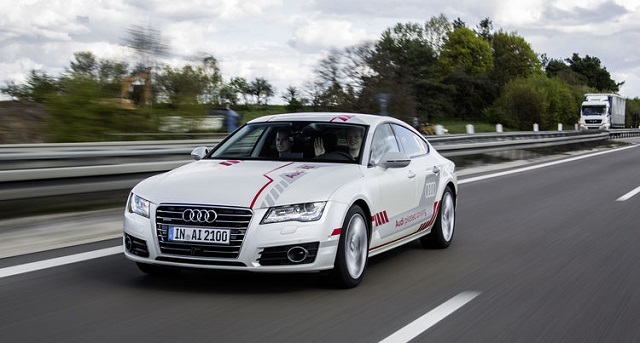
Kampala, Uganda | THE INDEPENDENT | 2017 has been a year of automotive technology breakthroughs. Here are six we think will have the most impact in future.
Leave it to beaver
Humans are said to cause 90 per cent of traffic accidents, so what better way to reduce that than with autonomous cars? The first to hit the showrooms is the Audi A8. This self-driving luxury sedan’s Traffic Jam Pilot allows it to start, stop and steer in traffic without human intervention, up to a maximum speed of 60km/h. The A8 with Level 3 autonomy will also park itself.
High revs, low cost
Mazda has come up with an engine that promises to make a car both fun to drive and frugal. The Japanese carmaker’s SkyActiv-X is a petrol engine that is high-revvingly expansive with cleaner exhaust emissions, yet has the superior response and fuel-sipping nature of a diesel unit. This is because SkyActiv-X uses Spark-Controlled Compression Ignition, a radical technology developed by Mazda engineers.
Swipe hype
Gesture control is going to render the “touch’’ in touchscreen redundant. BMW’s 5 Series introduced it earlier this year, but it will be the Volkswagen Golf that will make this technology a lot more widespread.
The Golf is the world’s first compact car with gesture control, where the infotainment system is operated with a wave of the hand. For example, a swipe gesture can change the radio station or choose the destination in the navigation menu.
Dressed-up tech
More than LED dashboards and touchscreen controls, Rolls-Royce is transforming the way a cabin looks with The Gallery. This new S$1.8 million Phantom ultra-luxury limousine has a glass fascia on the dashboard, behind which lies a customised artwork in a choice of materials. But if they prefer, owners can also commission their own piece. This could be an indicator of how dashboards in the future may look.
Better batteries
The maker of the Prius hybrid is eyeing a battery breakthrough with a solid-state lithium-ion battery. Toyota is currently working on replacing the liquid or gel electrolyte in today’s batteries with a solid conductive material to make the next-generation battery safer with a higher capacity. Something that could be applied to exploding electric bikes too, perhaps.
Rolling on no air
Toyota is also introducing airless tyres to cut the weight of its electric vehicles. Each tyre is actually a band of rubber around a plastic-aluminium hub incorporating an electric motor – one for each wheel.
Airless tyres aren’t new, with manufacturers like Michelin and Bridgestone already using them on products like lawn mowers and golf buggies. But Toyota will be the first to put them on a proper car.
****
Source: Internet
 The Independent Uganda: You get the Truth we Pay the Price
The Independent Uganda: You get the Truth we Pay the Price



